These are the most expensive ingredients in the world
Ingredients that cost a fortune
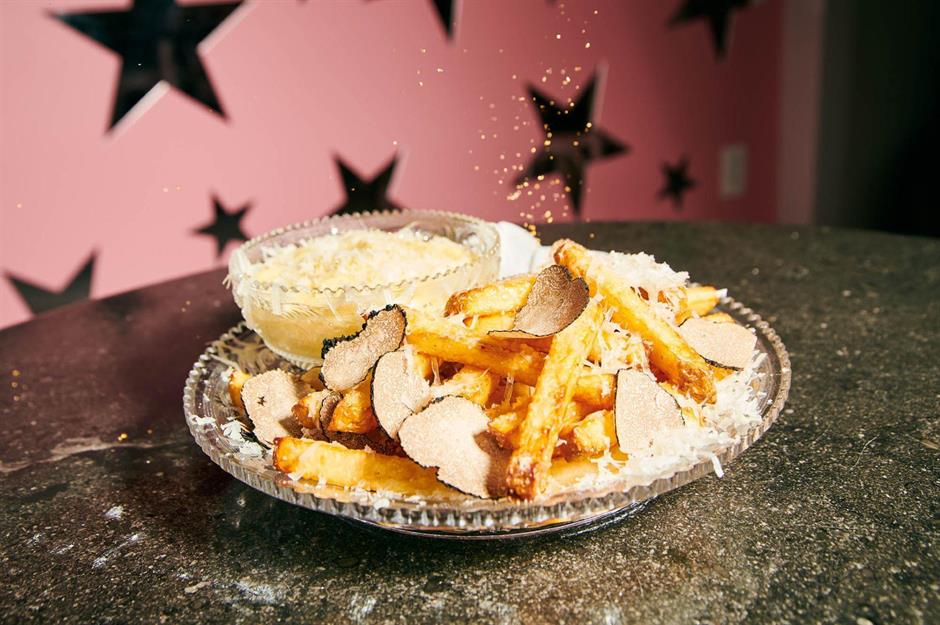
Nakazawa milk
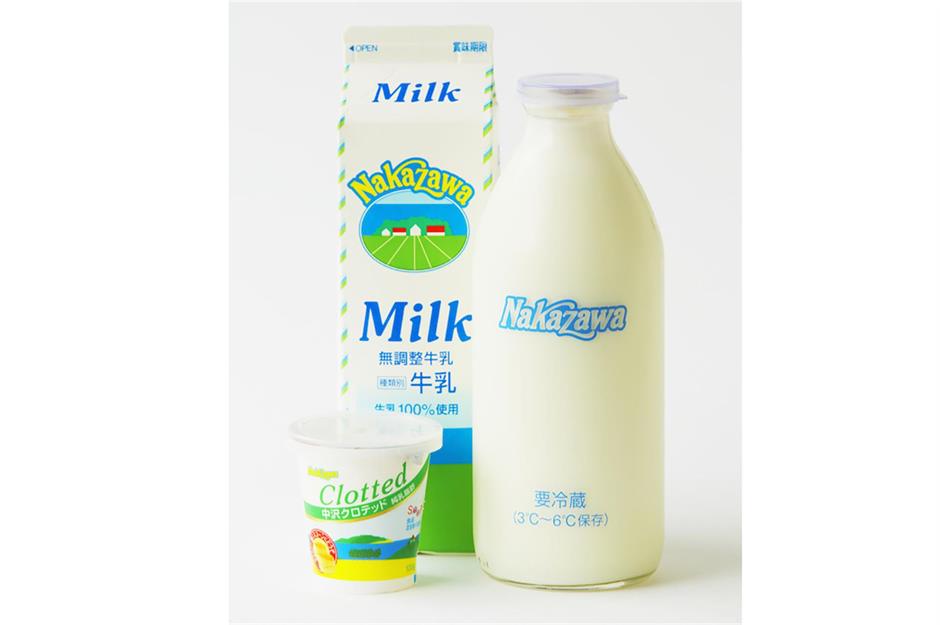
Made in Japan, Nakazawa cows' milk is collected just once a week at dawn to ensure it contains higher levels of melatonin, a hormone proven to help relieve stress. It’s bottled within six hours of extraction and costs £37 ($46) per two pints – more than 30 times the average cost of milk.
Coffin Bay king oysters
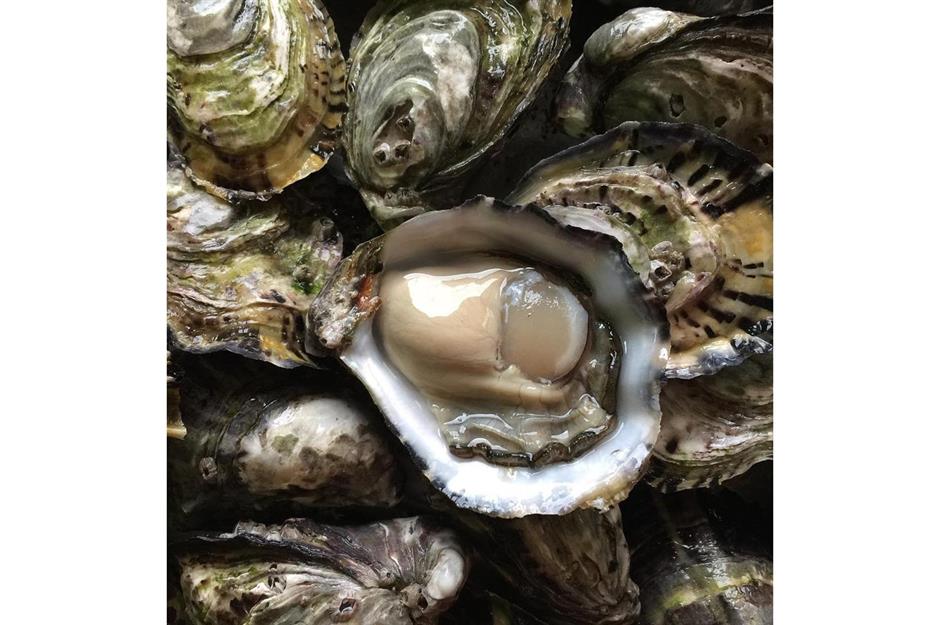
These monster oysters, often called the steak of the ocean, go for as much as £56 ($70) per oyster. They're farmed at Coffin Bay Oyster Farm in southern Australia and the almost kilogram-heavy (around 2lbs) oysters are so big and expensive because they're allowed to grow for up to seven years and have a lot more meat than other varieties.
Lambda extra virgin olive oil
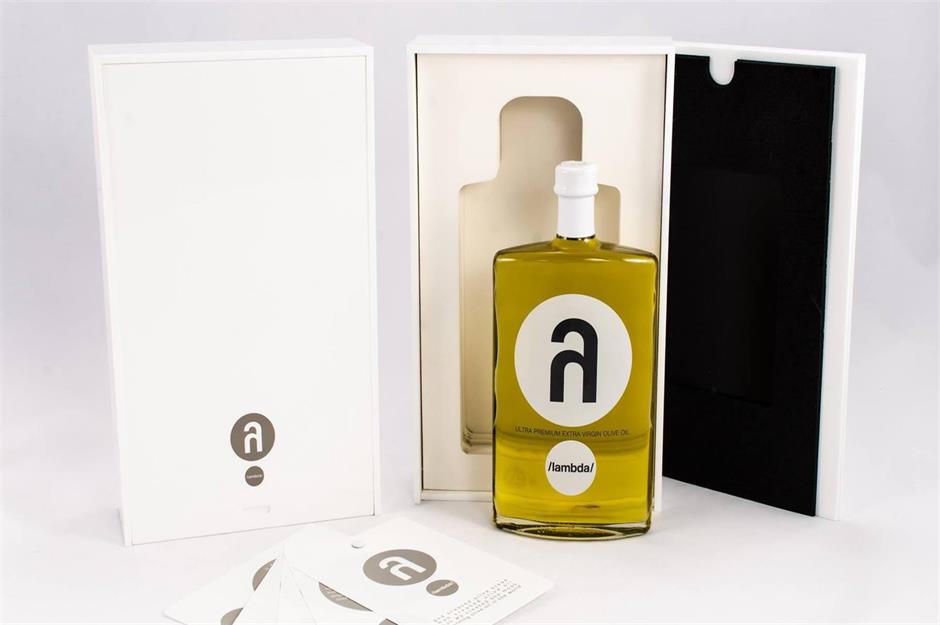
This ultra-premium extra virgin olive oil from Greece is renowned for its distinct fruit flavour and low acidity. The Koroneiki olives are pressed the very same day as they are picked to retain the intense fresh and fruity flavour better. A 500ml (17fl.oz) bottle will cost you around £59 ($74), however, bespoke creations can cost up to £9,886 ($12,480).
Wagyu beef
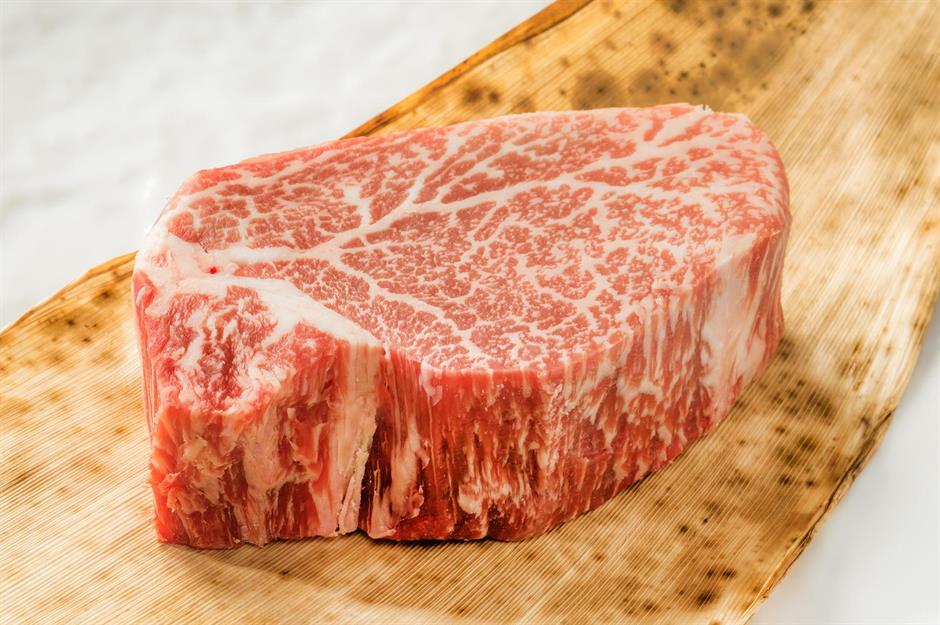
Beef from Wagyu cattle is well-loved among carnivores for its rich flavour and tender texture. You’ll find various varieties of Wagyu, like Kobe (raised in the Hyogo region of Japan) in steakhouses, sushi restaurants or at specialist butchers. High-grade Wagyu can cost up to £159 ($200) per kilogram (2.2lbs) and the rarest steak in the world, olive Wagyu, can be as much as £239 ($300) for just one piece.
Fugu
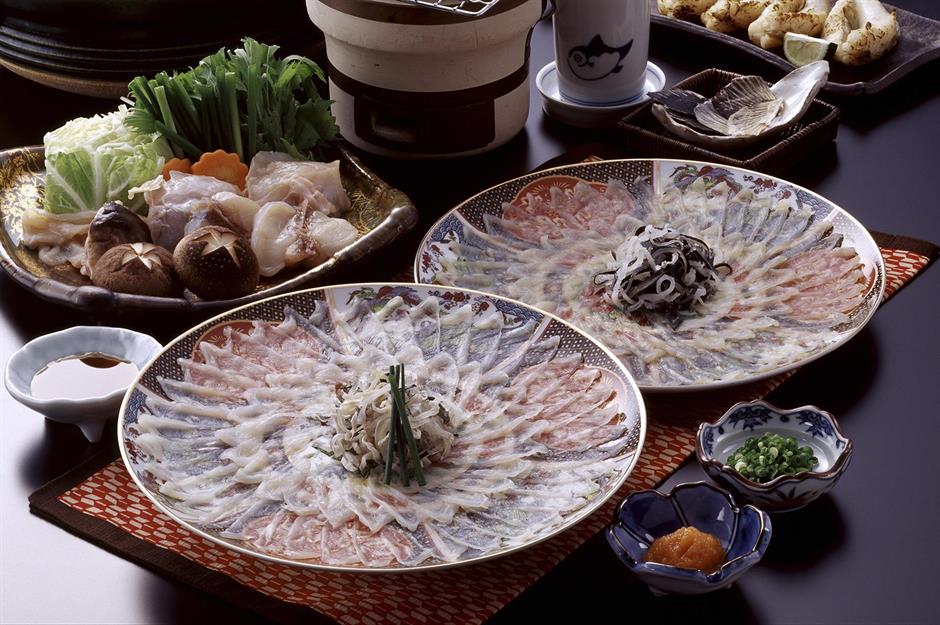
Fugu is a delicacy in Japan but parts of the unusual-looking fish, also known as a blowfish, are extremely poisonous, so only highly trained and licensed chefs are allowed to serve it. Fugu is banned within the European Union but is available in the US, South Korea and Japan where a fugu dish can cost up to £160 ($200).
Matcha green tea powder
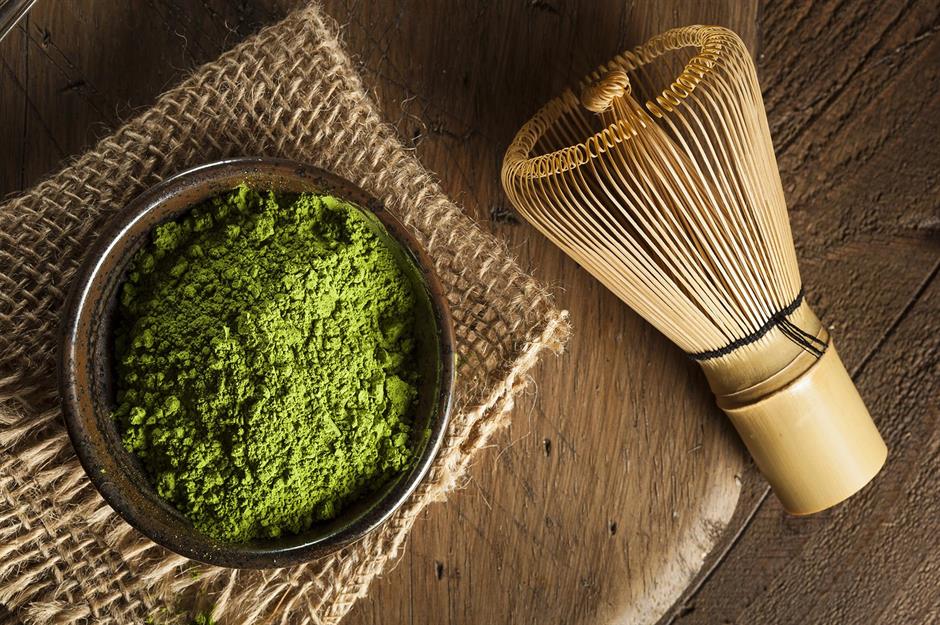
High in antioxidants and caffeine, matcha green tea powder is finely ground and can be used in baking, juices or for flavouring ice cream or other gourmet desserts. Expect to pay as much as £230 ($288) per kilogram for ceremonial grade matcha green tea powder.
Vanilla
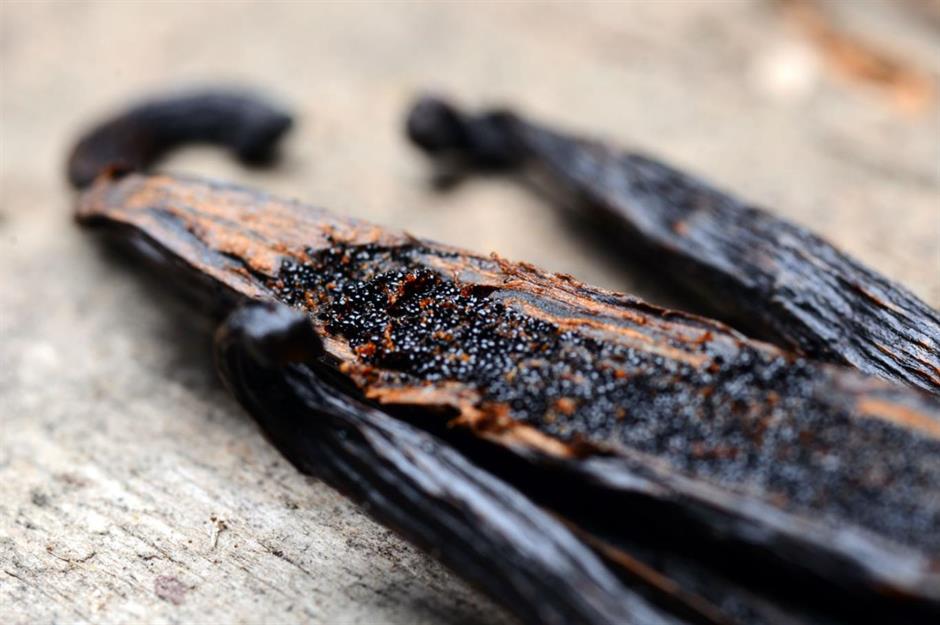
Pure vanilla is second only to saffron when it comes to the priciest spices. Madagascar, Mexico and Indonesia are the largest producers but growing and harvesting this sought-after ingredient is very labour-intensive as the vanilla flowers have to be hand-pollinated and the fruit hand-picked once ripe. A kilogram (2.2lbs) of high-quality vanilla beans will leave you around £318 ($400) out of pocket.
Abalone
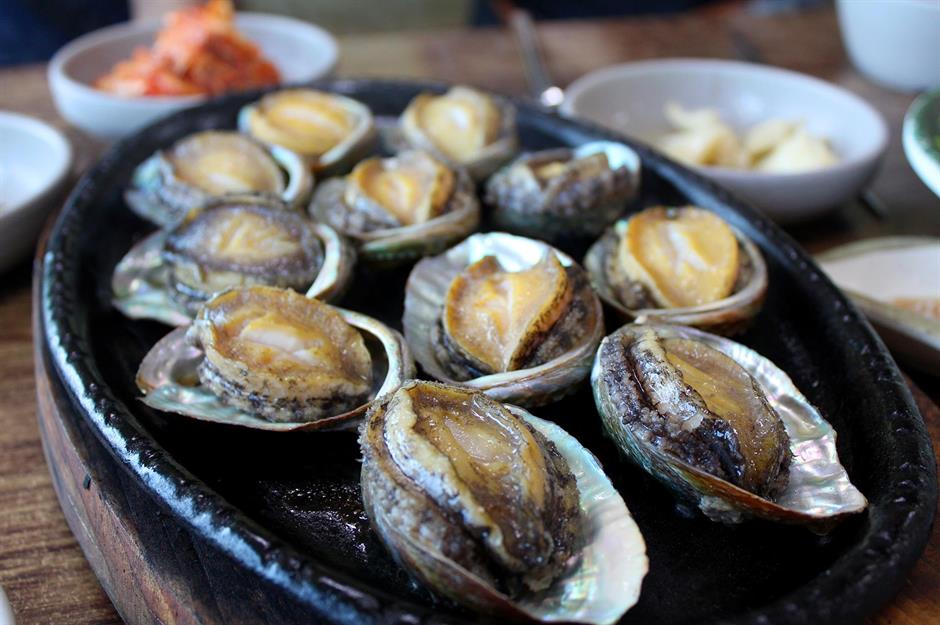
Even though this mollusc can be caught in many places around the world, it's an extremely complicated process and these sea snails also run a high risk of extinction so some countries allow fishermen to catch only 10 a day. Renowned for its delicious meat, abalone is one of the most expensive shellfish you could eat, costing as much as £398 ($500) per kilogram (2.2lbs). Due to the heavy shell protecting the edible part, that translates to only about 250g (just under 9oz) of the actual meat.
Manuka honey
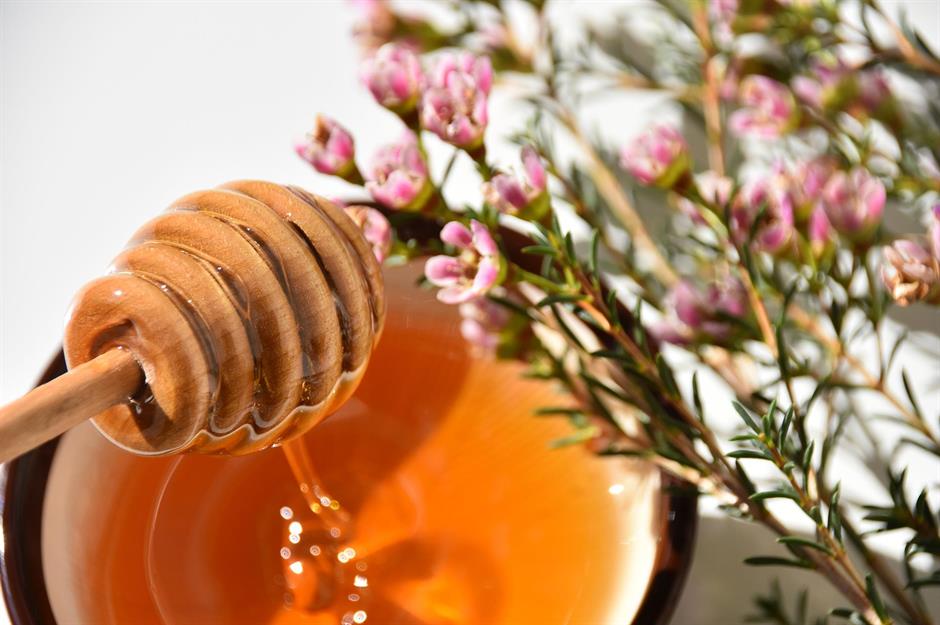
It may come at a price but honey from manuka bushes is believed to cure everything from sore throats to superbugs. A word of caution: make sure you’re getting the real deal. Look for a UMF (Unique Manuka Factor) rating of 10+ or more on its label, as cheaper imitations are likely to be less effective. Manuka honey of the highest grade can be sold for as much as £400 ($501) for a kilogram (2.2lbs).
Jamón Ibérico de bellota
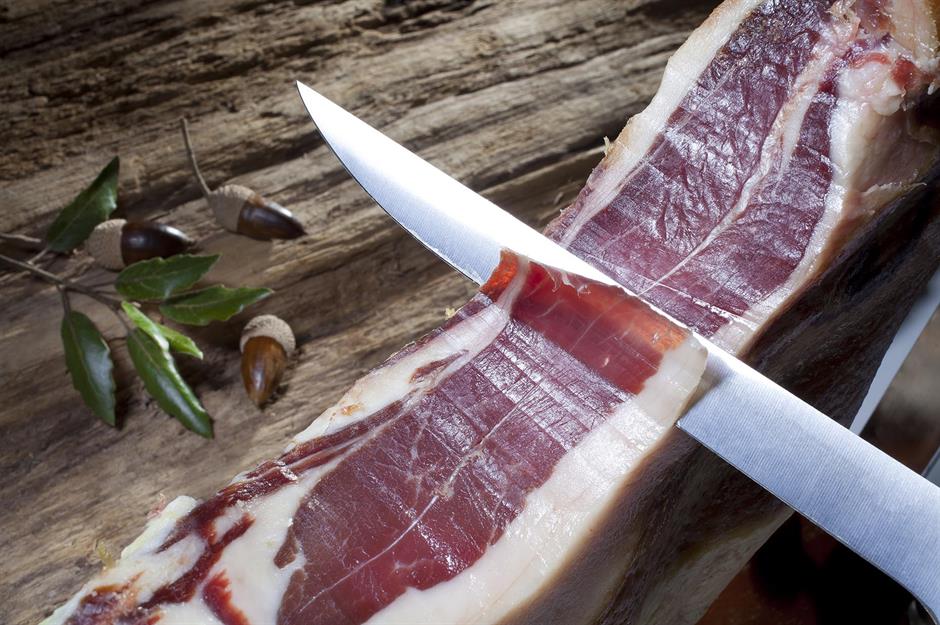
The most expensive ham in the world comes from Iberian hogs who devour around 7kg (15lbs) of acorns every day. Once butchered, the meat is hung for at least two years, producing dark red meat that’s sweet, nutty and melt-in-your-mouth tender. Expect to pay as much as £3,571 ($4,500) for around 8kg (18lbs) of bone-in jamón Ibérico de bellota.
La bonnotte potatoes

You might not think potatoes are a luxury food, however, these posh spuds can be sold for as much as £453 ($569) per kilogram (2.2lbs). They grow only in the mineral-rich soil of the small French island of Noirmoutier and are only in season for around a week in early May. They're harvested by hand three months after planting and have a distinctive salty flavour that is said to pair well with caviar.
Try these tips for perfect potatoes every time no matter which variety you have
Moose cheese
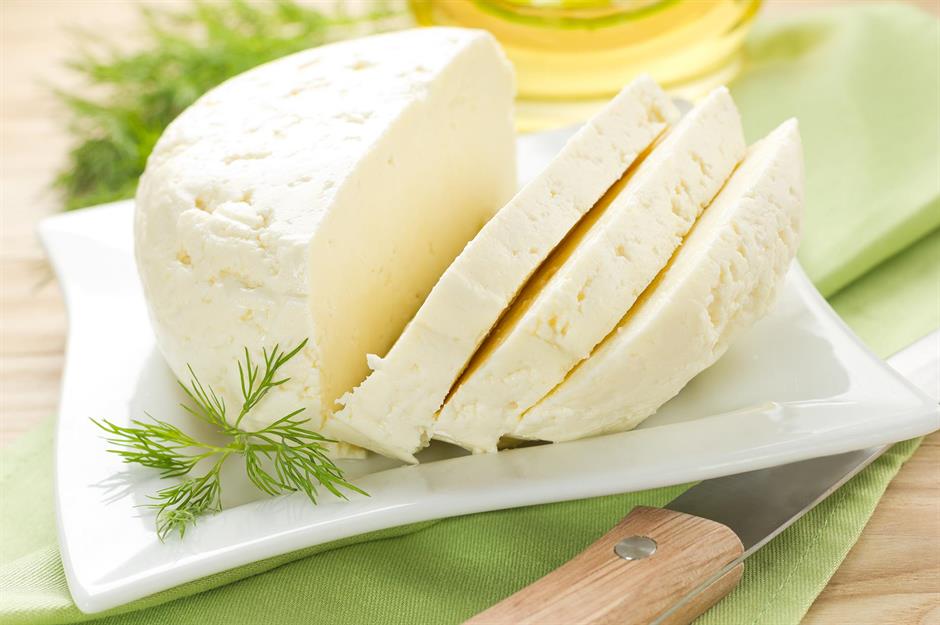
Among the most expensive dairy products in the world is the unique cheese made from moose milk. The cheese is made in The Elk House in Sweden by Christer and Ulla Johansson and uses milk produced by three moose – Gullan, Helga and Juno. The cheese is available in four varieties: soft, white mould cheese, creamy blue, dry blue and feta-style. The latter is the farm's bestseller and will set you back around £795 ($1,000) per kilogram (2.2lbs).
Ayam Cemani chicken
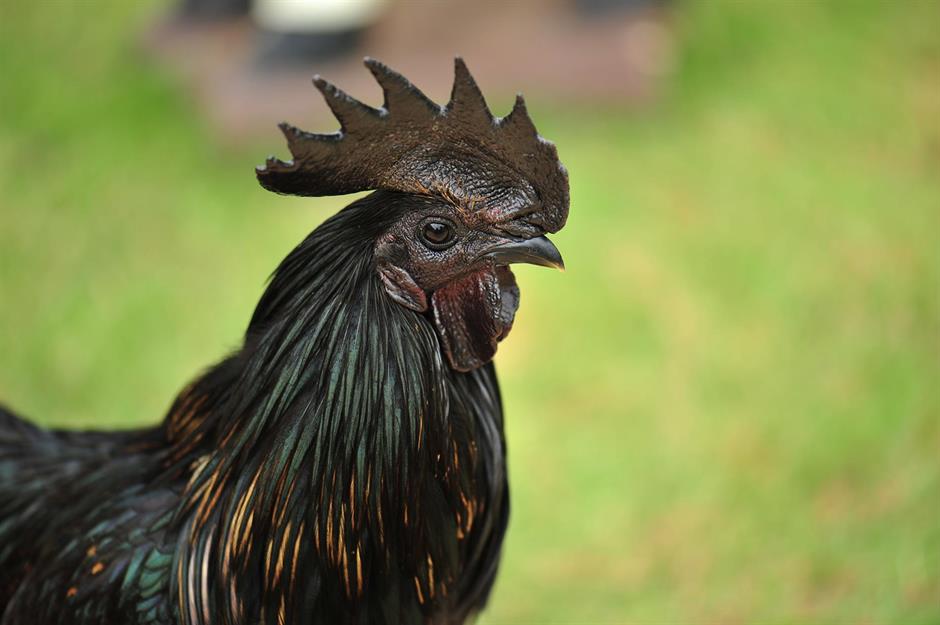
Ayam Cemani chickens, an unusual Indonesian breed, are all black right the way from their feathers and organs to their muscles and even blood. Believed to have magical powers, the meat is said to bring good fortune and cure various illnesses. The chickens are much sought-after in their native land as well as abroad and a healthy, medium-sized chicken (which weighs quite a bit more than a kilogram) has sold for as much as £1,990 ($2,500).
Hop shoots
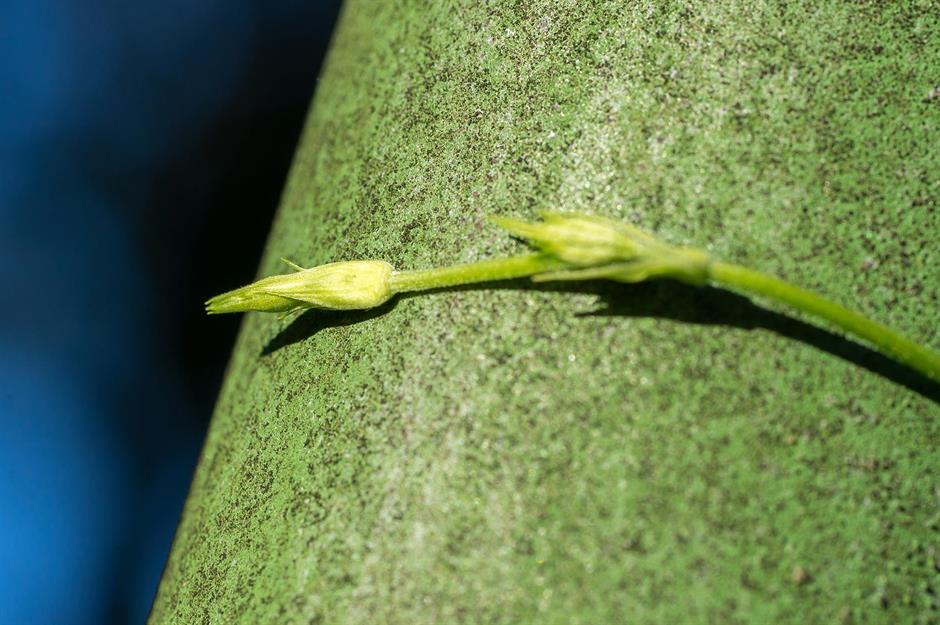
These green tips of the hop plant is the bit brewers don't use, however, they come with a very serious price tag. A kilogram (2.2lbs) of these shoots can cost up to £903 ($1,135), making hop shoots the most expensive vegetable in the world. It's harvesting that makes them so expensive as the hop plants don't grow in uniform rows, making for very lengthy and labour-intensive picking. While the raw flavour tastes a bit like nettles and is very astringent, when cooked, the shoots become slightly nutty and resemble the texture of samphire.
Kopi luwak
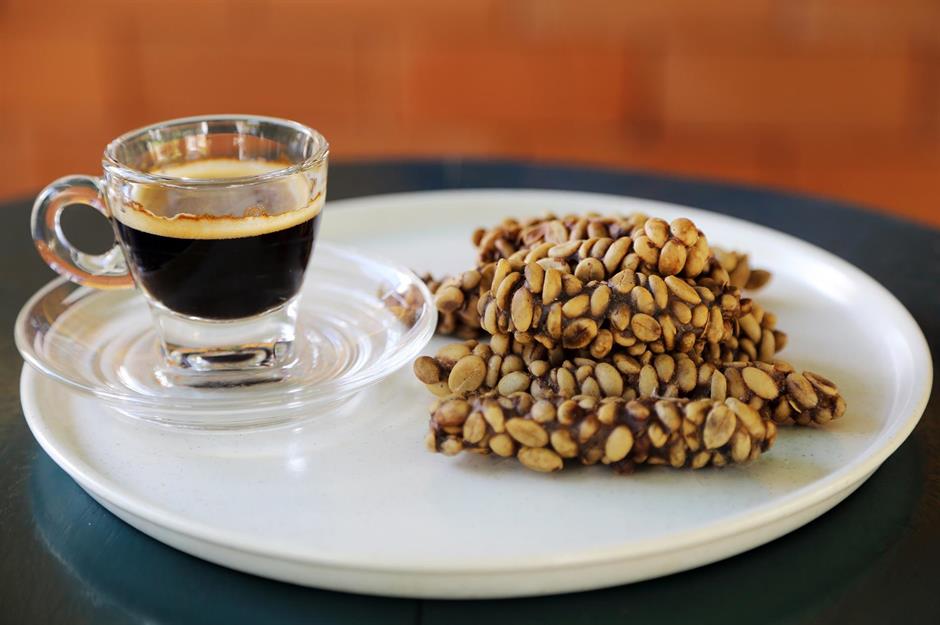
Genuine kopi luwak is collected from the droppings of wild civet cats that prowl Indonesian coffee plantations at night, eating ripe coffee cherries. The cats can’t digest the beans so workers collect their precious droppings that are then washed, pounded, dried and roasted. Often touted as the rarest and most expensive coffee in the world, it also comes with serious concerns as many Balinese farmers keep the civets in appalling conditions in a bid to attract tourists, who shell out as much as £955 ($1,200) for a kilogram (2.2lbs).
Ethical foie gras
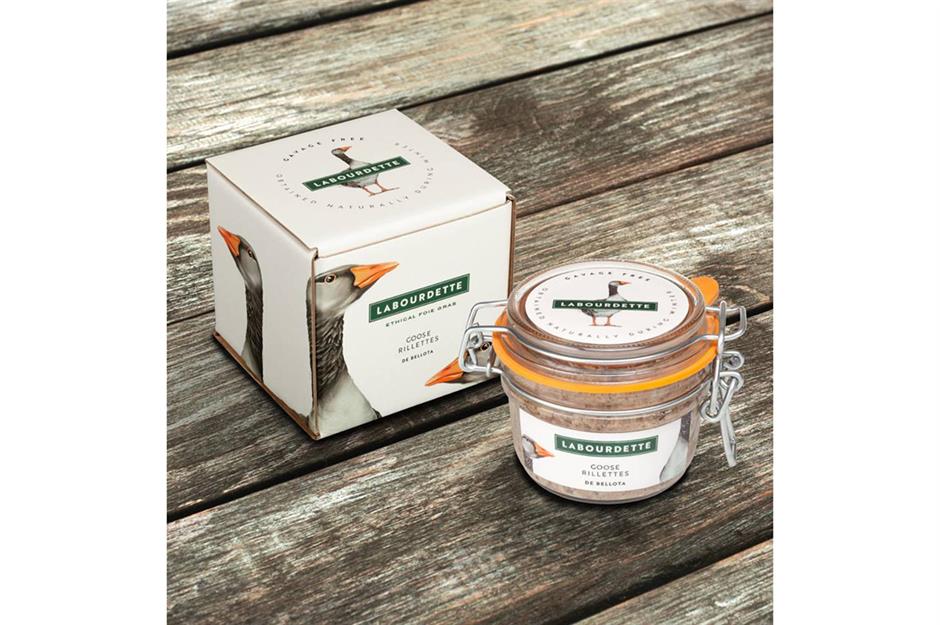
Foie gras is both an expensive and a controversial delicacy, however, this particular foie gras made by Spanish farmer Eduardo Sousa is produced without gavage, or force-feeding. The geese feast on a fig and acorn diet which results in natural weight gain but also considerably lengthens the foie gras production process. This also results in a hefty price tag of £123 ($154) for a 125g (4.4oz) jar of Labourdette foie gras.
Pule cheese
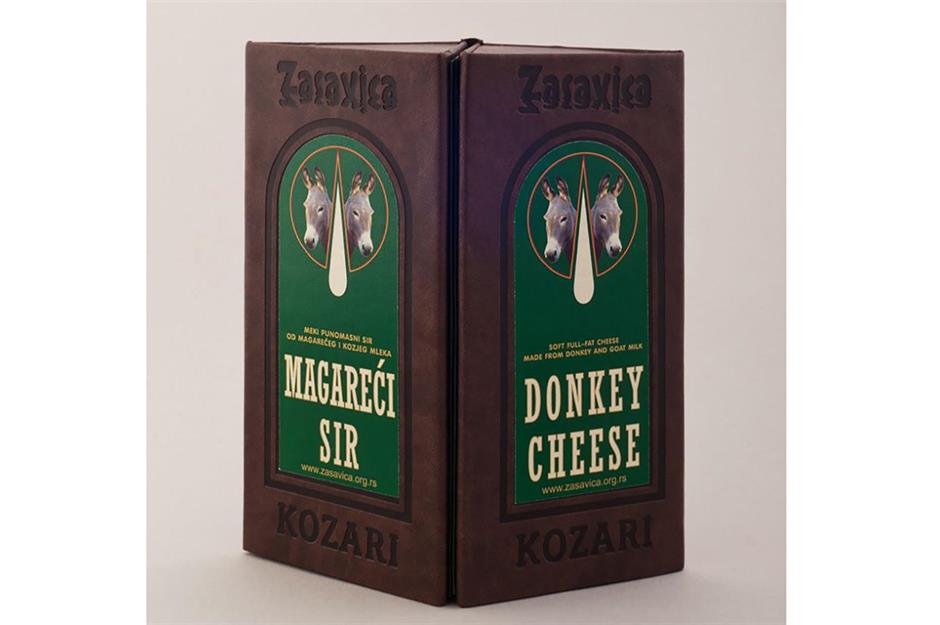
A creamy smoked white cheese from Serbia, this delicacy can be sold for as much as £1,000 ($1,256) per kilogram (2.2lbs). It's made from the milk of an endangered Balkan donkey in a sanctuary in Zasavica. It takes 25 litres (44 pints) of donkey milk to make a kilogram (2.2lbs) of the cheese. Currently, the cheese is only made on order.
Densuke watermelon
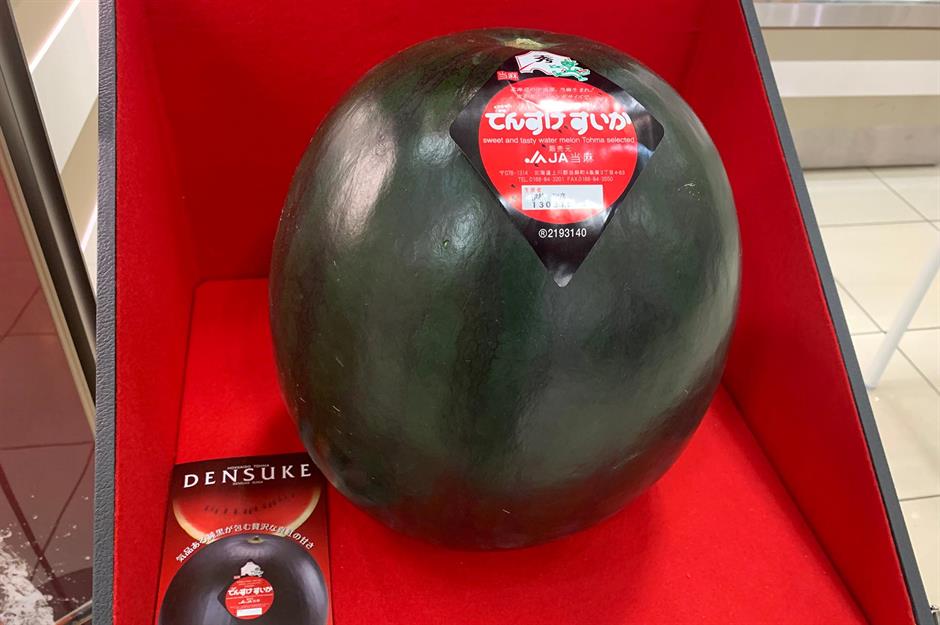
The world's most prized watermelon, this black-skin variety grown in Japan only produces about 100 fruit per plant, meaning only about 70,000 watermelons were available in 2016. Grown in Toma on Hokkaido, the intensely sweet and crunchy watermelon weighs around 3.6kg (8lbs) and has sold for as much as £4,795 ($6,057) at auction in 2008.
Matsutake mushrooms
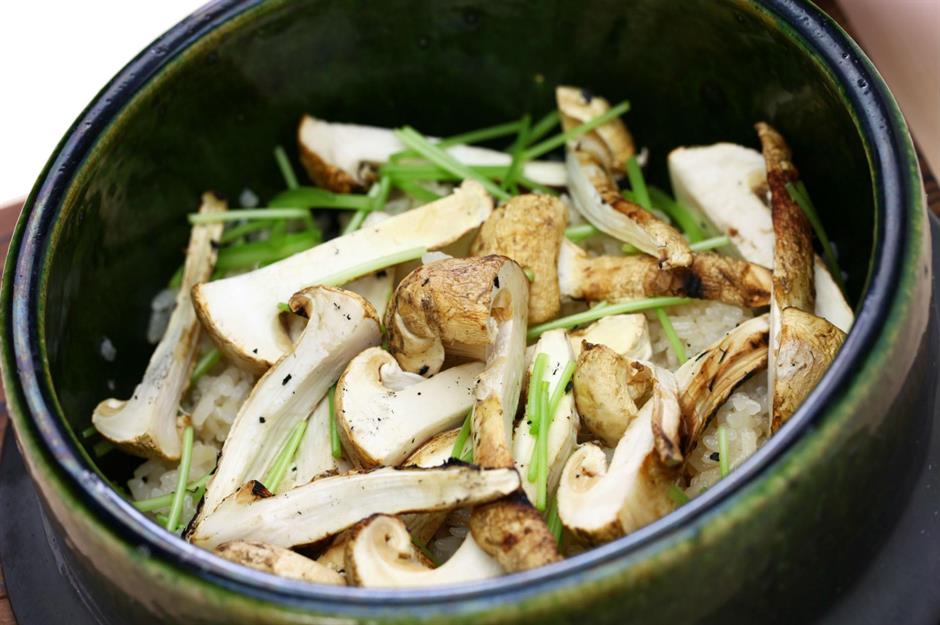
Matsutake mushrooms, or mattake for short, are facing extinction in Japan’s Okinawa region due to an increase in nematodes, which will kill the pine trees these mushrooms grow under. The amount harvested has fallen sharply in recent years, only hiking up the price. Still, there are plenty of people willing to shell out £1,588 ($2,000) per kilogram (2.2lbs) for the highest-grade mushrooms.
Geisha coffee
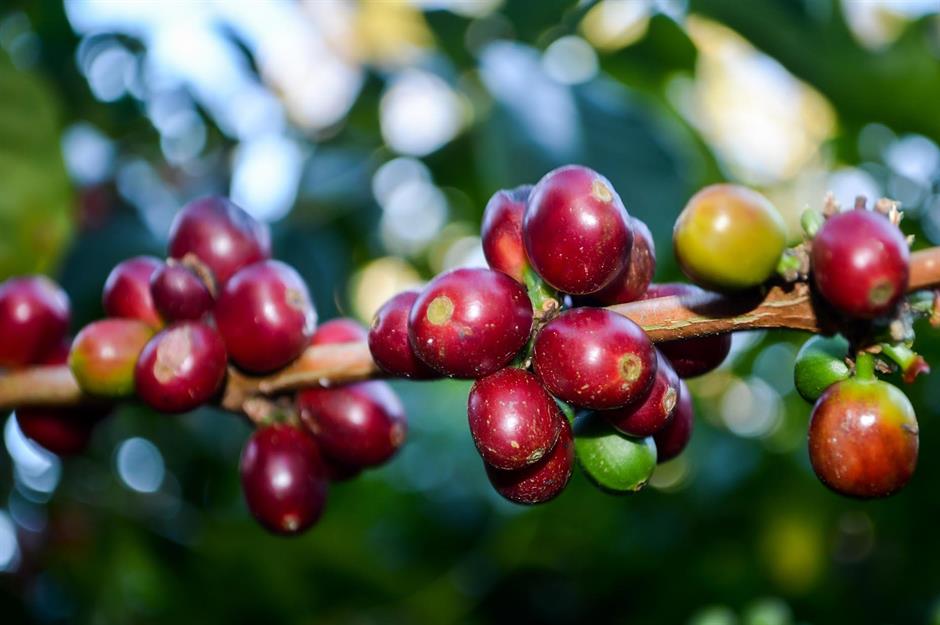
Thought to have originated in Ethiopia, the Geisha coffee was discovered in the 1930s and later grown in Panama. The coffee gained global attention in 2004 when its unusual aromatic and floral flavour won the title Best of Panama green coffee auction, attracting a record price. It's been breaking its own records ever since, fetching the highest-ever price in 2019. Just 450g (1lb) of the unroasted Geisha fetched £819 ($1,029).
Swiftlet nest
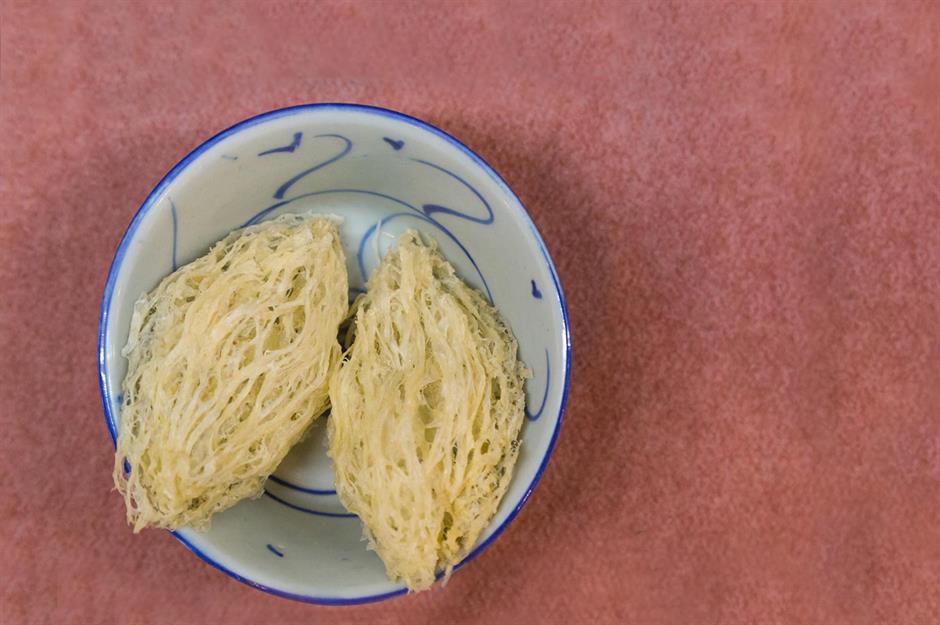
Although it's the soup made with the nest that's the delicacy rather than the actual nest, they're still notoriously expensive – not to mention controversial. Made by cave swiftlets by binding moss, seaweed and feathers with their saliva, the nests can sell for as much as £3,165 ($4,000) for a kilogram (2.2lb). However, unethical practices by irresponsible farmers have prompted import restrictions and regulations from governing bodies in countries such as China, who have also introduced strict rules to improve the safety and traceability of the goods.
To’ak chocolate
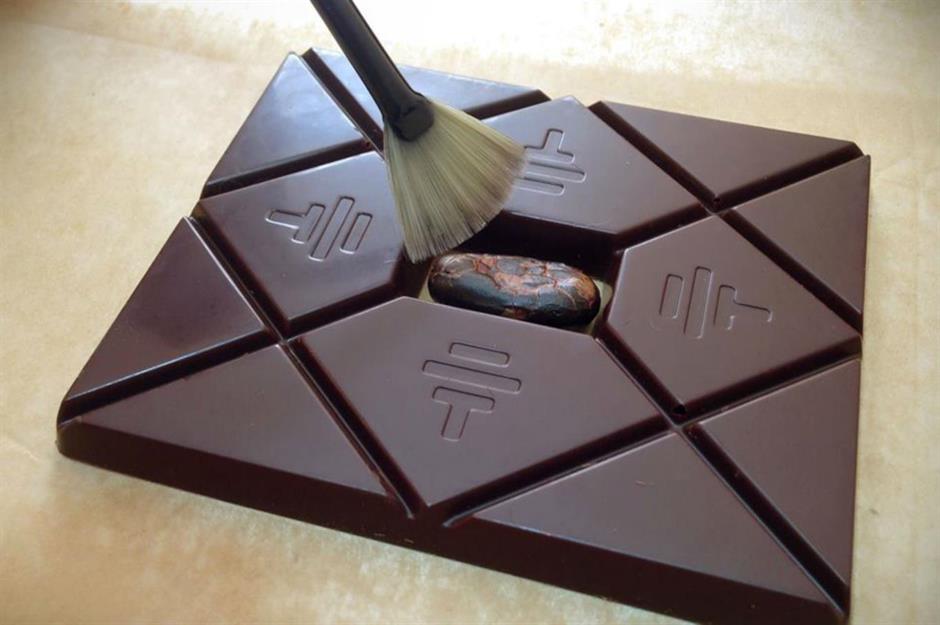
The most expensive of the prestigious To'ak chocolate bars is sold for £171 ($216) even though it weighs just 50g (1.76oz). The bar contains 73% pure cacao, which is harvested in Ecuador and matured for three years in tequila or Islay whiskey casks. One of the reasons for the high price tag is that it contains an extremely rare pure DNA-tested Nacional heirloom cacao tree cocoa bean in the middle of the bar.
Beluga caviar
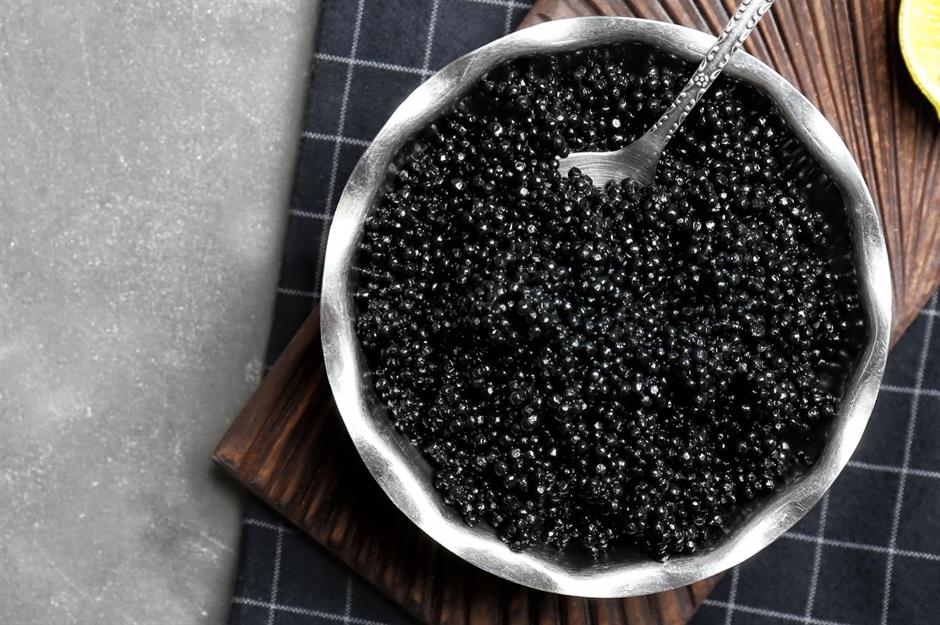
The ultra-rare pure beluga caviar is extremely difficult to come by, commanding huge prices whenever it’s available. It’s a delicacy of salt-cured fish eggs harvested from sturgeon living in the Caspian, Adriatic and Black Seas. Wild fishing of sturgeon is now banned due to over-fishing and unsustainable harvests so most beluga caviar available now is sourced from caviar farms. Small 100g (3.5oz) pots of 000 grade royal beluga caviar sell for as much as £399 ($500).
Saffron
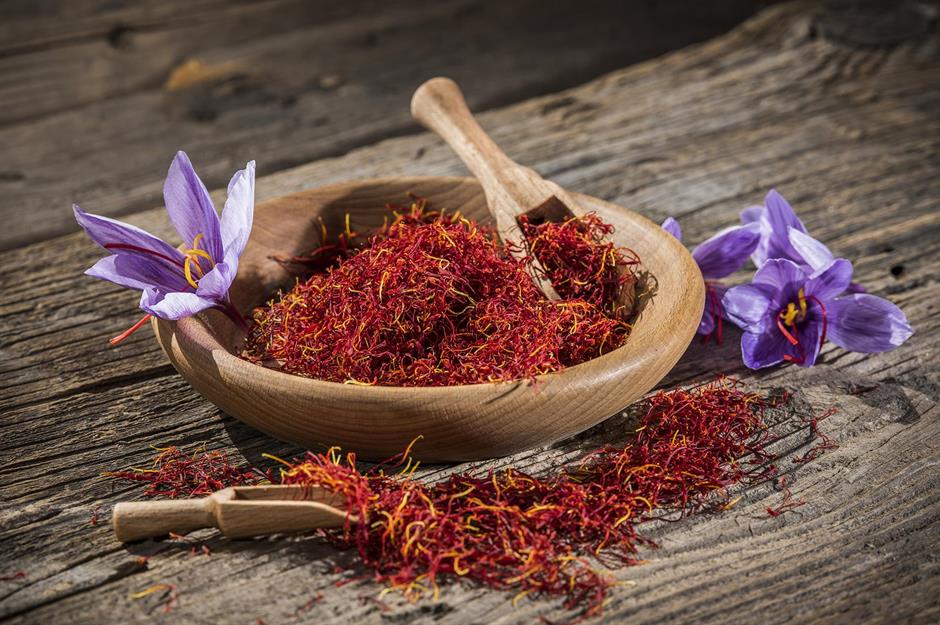
The world's most expensive spice, saffron is mainly grown in Iran, who produces more than 90% of the global demand. Each crocus sativus flower produces about three red stigmas which must be picked by hand. It takes 50,000-75,000 flowers and 40 hours of hand-picking to produce just 450g (1lb) of saffron so it's not surprising this spice can be sold for as much as £7,984 ($10,000) per kilogram (2.2lbs).
Aceto balsamico di Modena
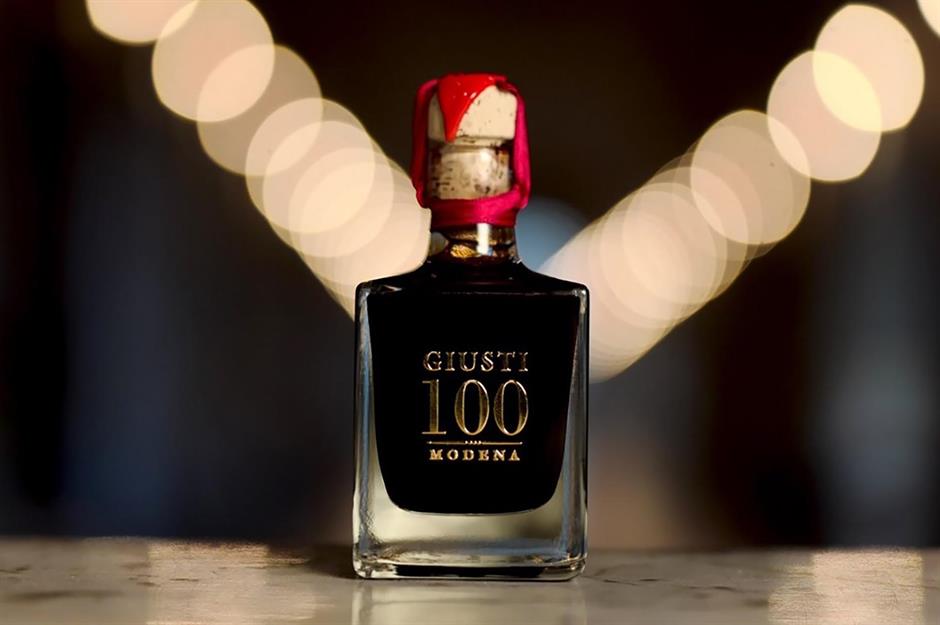
The Italian city of Modena is famous for many things from sports cars to medieval history, however, its most prized export is the aceto balsamico di Modena, or balsamic vinegar. Various Modena balsamic vinegars are available at most supermarkets, however, the priciest is Giuseppe Giusti’s 100-year-old balsamic vinegar, aged in cherry wood barrels and distilled to perfection thanks to family traditions passed down from 17 generations of vinegar specialists. A 100ml (3.5oz) bottle of this vinegar can cost as much a £449 ($563).
Alba white truffles
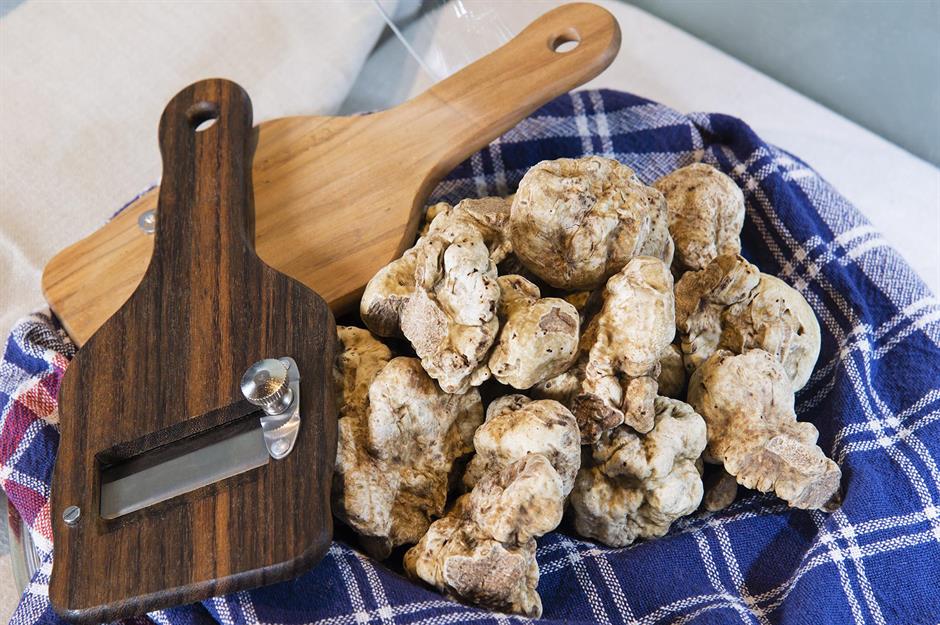
Alba white truffles are a gourmet indulgence found in the Piedmont region of northern Italy and their high price, around £480 ($603) per 100g (3.5oz), is due to their unpredictable growth habits. Usually in season between October and January, no one has been able to domesticate them, relying instead on trained dogs and pigs to sniff them out, so availability differs greatly too, even when in season.
Atlantic bluefin tuna
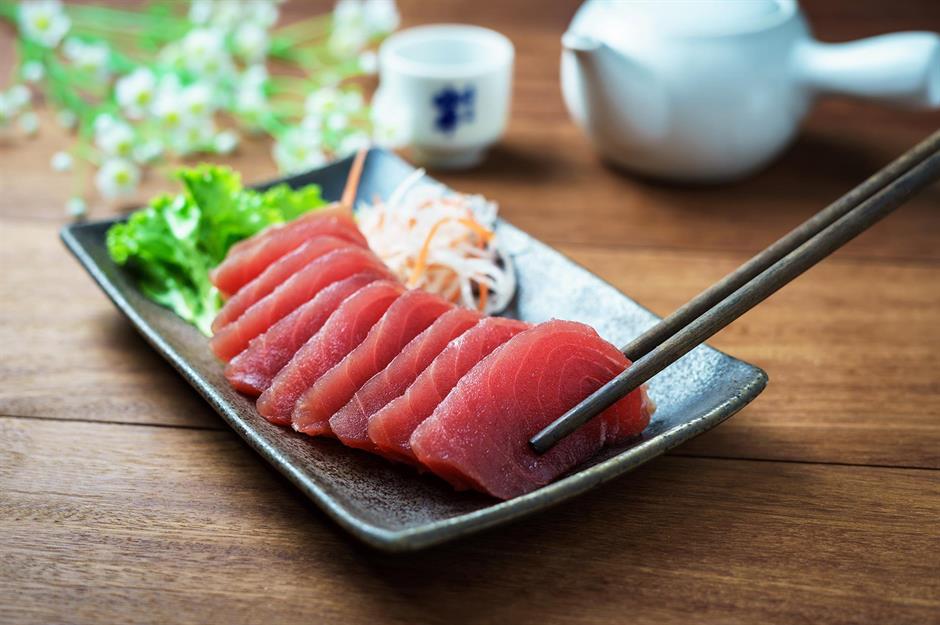
Atlantic bluefin tuna, which is known for its tender pinky red meat, is often used in sushi and sashimi among other dishes. Although the fish is now listed as endangered species, it's still extremely sought-after. In 2020, a 276kg (608lbs) tuna was sold for £1.43 million ($1.8m) at an auction in Tokyo's Toyosu fish market. Bought by sushi tycoon Kiyoshi Kimura, this is the second highest-ever price paid for bluefin tuna after Kimura's £2.5 million ($3.1m) purchase last year.
Almas caviar
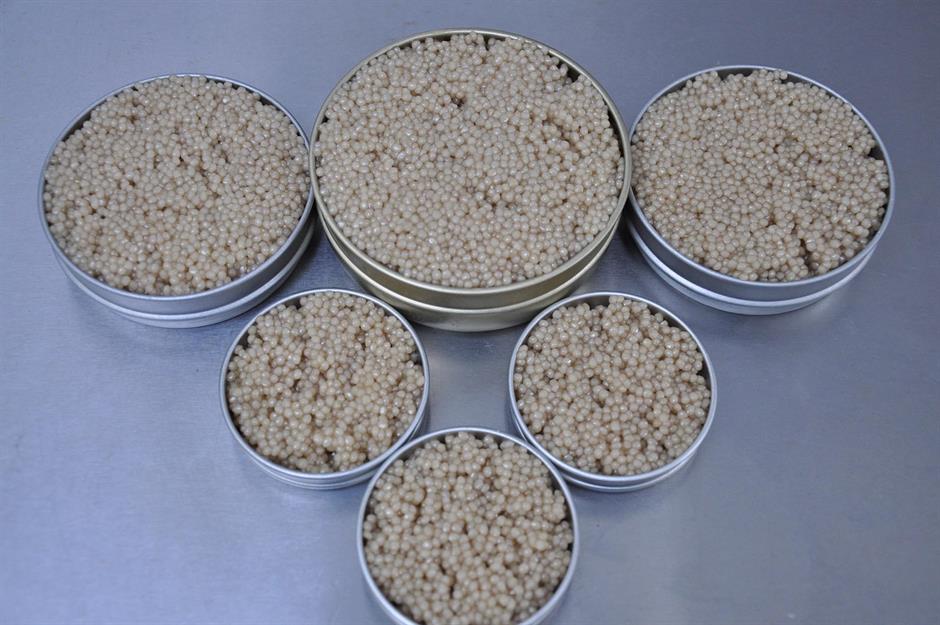
Officially recognised by the Guinness World Records as the most expensive caviar in the world, a kilogram (2.2lbs) will set you back £8,000 ($10,139). It comes from rare albino specimens of sturgeon, or Iranian beluga. These fish from the clear waters of southern Caspian Sea are between 60 and 100 years old and produce golden yellow eggs that are prized for their exquisite flavour.
Yubari King melons
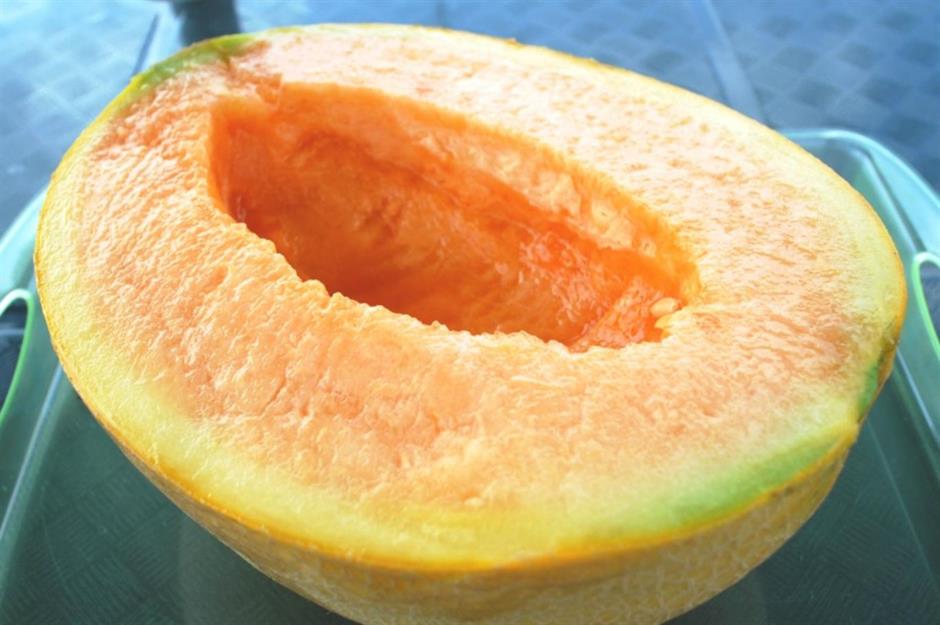
Juicy and sweet, Japanese Yubari King melons are hybrids of two varieties of the more reasonably priced cantaloupes and are so expensive due to the incredible sweetness. Sold as pairs around 1.3kg (2.9lb) each, they’re considered a lavish gift in Japan, where they fetched a whopping £21,500 ($27,229) in an auction in 2017.
Discover amazing stories behind America's most historic foods
Ruby Roman grapes
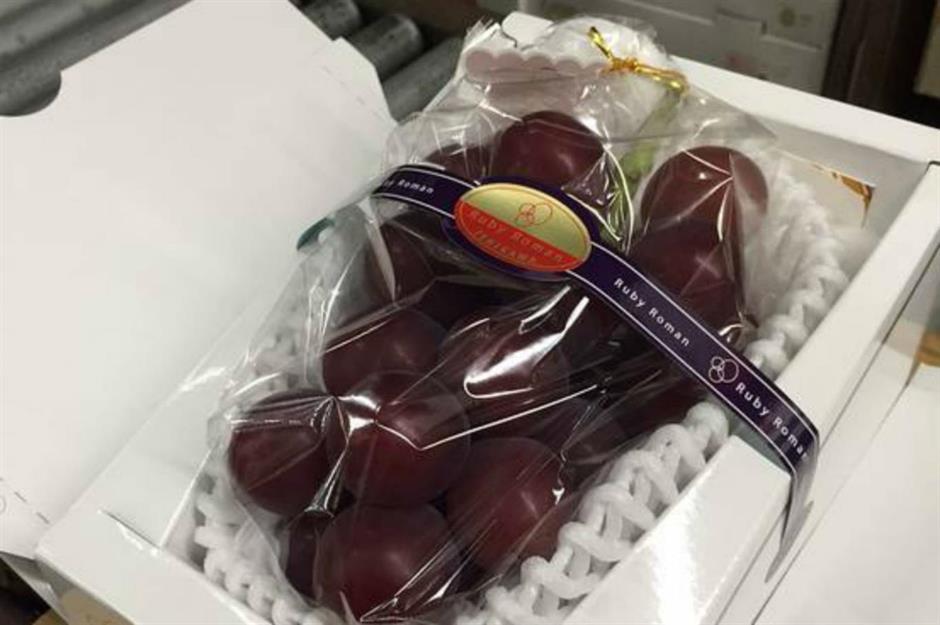
Produced in Japan’s Ishikawa prefecture, top-quality Ruby Roman grapes grow to the size of ping pong balls but are extremely rare. Sometimes only one bunch per year meets the premium class standard and in 2018 the record for the most expensive bunch of grapes was broken as a 24-grape bunch sold for £8,800 ($11,139). This means an individual grape of around 26g (0.9oz) cost £367 ($462).
Edible gold
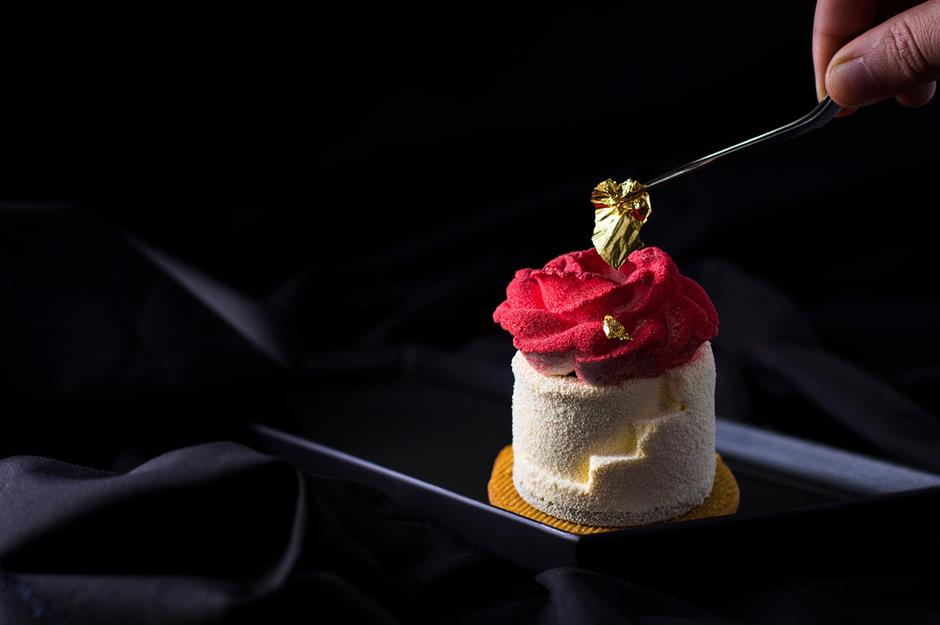
Edible gold is one of the most expensive culinary indulgences. Like calcium and iron, gold is a mineral that’s safe to eat and is often sprinkled into glasses of Champagne or layered onto cakes for elaborate decoration. Made from 23 or pure 24-carat gold, it’s available in the form of dust, flakes and leaves. It costs around £23 ($29) per 100mg, which translates to around £230,000 ($287,800) per kilogram (2.2lbs).
Da Hong Pao tea
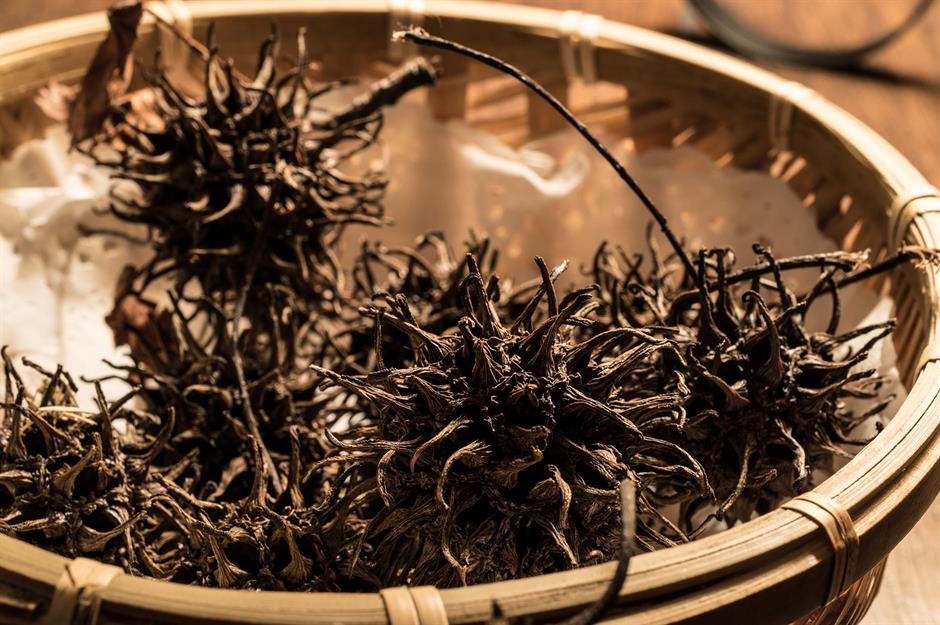
A dark oolong tea that only grows in the rocky soil of China's Wuyi Mountains, this drink's legendary robust sweetness and lingering woody notes make it special. While reasonably good quality tea not from original trees can be bought for around £79 ($100) per kilogram (2.2lbs), aged and antique versions can reach eye-watering prices. Back in 2002, a collector was willing to shell out £17,107 ($28,00) for only 20g (0.7oz) of tea from one of the original mother trees, meaning a kilogram (2.2lbs) would cost around £885,350 ($1.11m).
The world's most expensive French fries
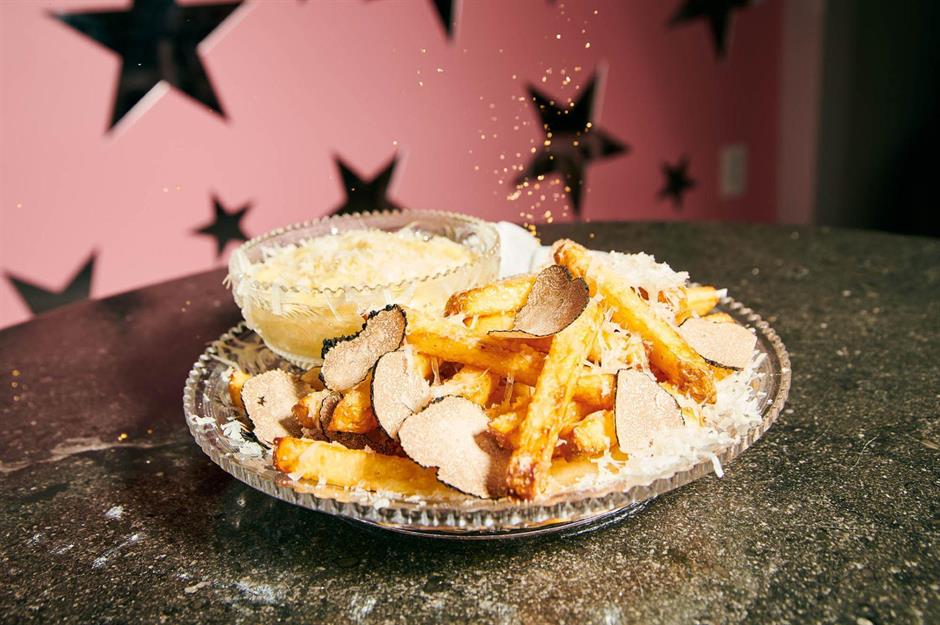
How do you like your French fries? How about dipped in Dom Pérignon Champagne, triple-cooked in pure goose fat and finished off with three types of truffle, artisan Italian cheese and gold dust? That's exactly what the folks at Serendipity3, a luxury New York City restaurant, have started doing. Named the “Creme de la Creme Pommes Frites", they'll set you back £146 ($200), and recently earned the restaurant a Guinness World Record for the most expensive fries in the world.
Check out these surprising facts about America's most popular fast foods
Comments
Be the first to comment
Do you want to comment on this article? You need to be signed in for this feature